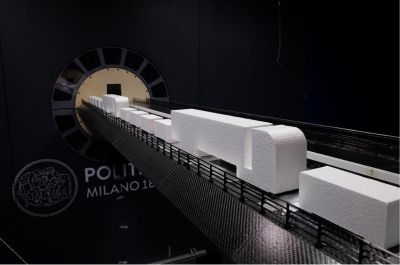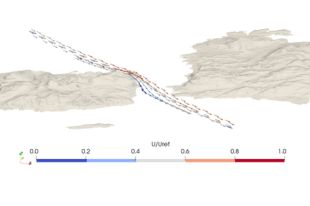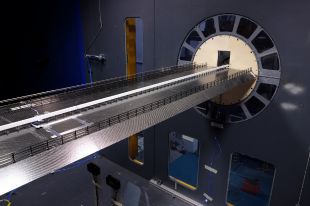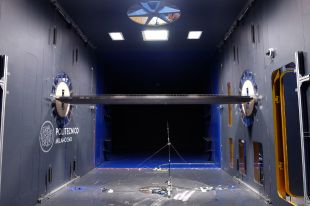
In a collaborative research project with Statens Vegvesen (SVV – the Norwegian Public Road Administration), DMEC has been involved into the aerodynamic and environmental design of the Julsundet Long Span Suspension Bridge in Norway. This bridge, set to become the longest of its kind in Europe, will have a total length of 2,010m with a 1,625m main span. The project is one of the key components of the E39 Ålesund to Molde upgrade program and contributes to the ambition of SVV to establish a ferry-free coastal highway in Norway, reinforcing the resilience of the country's infrastructure.
From a techical point of view, the Julsundet project posed unique challenges, mainly related to its aerodynamic design. The shape of the bridge, characterized by small cross-section dimension if compared to the span, makes it very slender and so sensitive to wind effects. In addition, complex wind conditions are expected at the site: characterized by deep fjords and high mountain peaks, the orography is highly affecting the local wind characteristics, having a direct impact on the bridge design.
To address such a complex scenario, SVV decided to rely on the long-lasting expertise of the DMEC wind engineering research group, led by Prof. Alberto Zasso, and on the leading facilty, GVPM – Politecnico di Milano wind tunnel, for conducting experimental tests. It was proposed to address the problem with essentially a two-step methodology.
In the first stage, an ad-hoc topographic study was undertaken to comprehend the complex flow interactions with the local fjords. A combined experimental-numerical approach was adopted. The large dimension of the boundary layer test section allowed to reproduce an area of approximately 100km2 around the bridge location, with a geometric scale of 1:1000, while keeping the blockage effects low. During the tests, mean wind speed profiles and turbulence intensity were measured along the deck axis and over the towers, varying the incoming wind direction exposure. Such experimental results were complemented by a Computational Fluid Dynamics (CFD) study. The latter allowed a proper interpretation of the wind tunnel outcomes, providing in-depth insights into terrain-induced effects and ensuring an accurate prediction of wind features — amplitude, turbulence intensities, and direction — crucial for bridge's safe design.
Given the bridge's high slenderness, a safe design must encompass the investigation of the bridge deck aerodynamic properties, strongly affecting the stability of the whole structure and its dynamic response to turbulent winds. So, the second stage started with a set of wind tunnel tests on a 1:35 scale sectional model of the bridge in the GVPM low turbulence test section. The latter is equipped with a test rig with electrodynamic controlled actuators allowing for the investigation of the steady and unsteady aerodynamics through forced motion 3DOF (horizontal, vertical and torsional) tests on very large size deck sectional model. Tests were conducted simulating different incoming wind directions, reflecting the outcomes obtained from the first stage, both in smooth and turbulent flow.
These studies lay the foundation for comprehensive aeroelastic model testing of the entire bridge and multimodal numerical simulations, enabling the DMEC group to deliver the final assessment of the Julsundet Bridge's aeroelastic stability and response to the environmental wind actions.
The Julsundet project represents a part of the broader collaboration betwenn DMEC and SVV, aiming to create a ferry-free Norwegian coastal highway. Through a series of long crossings, incorporating state-of-the-art and innovative technologies, such as hybrid cable-supported and floating bridges, DMEC is contributing to the realization of a sustainable and resilient transportation infrastructure.





